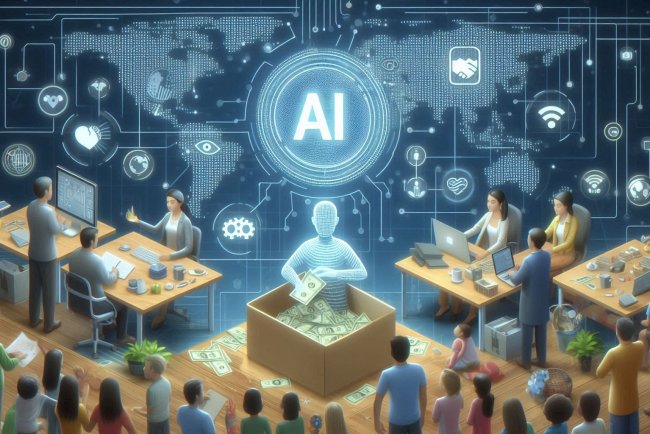Machine Learning
Machine Learning is a branch of artificial intelligence that enables systems to learn and improve from experience without being explicitly programmed.

Machine Learning
Machine learning is a subset of artificial intelligence that focuses on enabling machines to learn from data without being explicitly programmed. It involves developing algorithms and models that allow computers to learn and make decisions or predictions based on data.
Types of Machine Learning
There are three main types of machine learning:
- Supervised Learning: In supervised learning, the algorithm is trained on labeled data, where the input data is paired with the correct output. The algorithm learns to map input data to output labels by minimizing the error between its predictions and the ground truth labels.
- Unsupervised Learning: Unsupervised learning involves training algorithms on unlabeled data, where the model tries to find patterns or structures in the data without explicit guidance. Clustering and dimensionality reduction are common tasks in unsupervised learning.
- Reinforcement Learning: Reinforcement learning is a type of machine learning where an agent learns to make decisions by interacting with an environment. The agent receives feedback in the form of rewards or penalties based on its actions, and it learns to maximize its cumulative reward over time.
Key Concepts in Machine Learning
- Feature Engineering: Feature engineering involves selecting, extracting, and transforming the features (variables) in the data to improve the performance of machine learning models. It plays a crucial role in the success of a machine learning project.
- Model Evaluation: Model evaluation is the process of assessing the performance of a machine learning model on unseen data. Common evaluation metrics include accuracy, precision, recall, F1 score, and area under the ROC curve.
- Overfitting and Underfitting: Overfitting occurs when a model learns the training data too well, capturing noise or irrelevant patterns that do not generalize to new data. Underfitting, on the other hand, happens when a model is too simple to capture the underlying patterns in the data.
- Cross-Validation: Cross-validation is a technique used to assess the generalization performance of a model by splitting the data into multiple subsets for training and evaluation. It helps to reduce the risk of overfitting and provides a more reliable estimate of the model's performance.
Applications of Machine Learning
Machine learning has a wide range of applications across various industries and domains. Some common applications include:
- Image Recognition: Machine learning algorithms are used in image recognition tasks such as facial recognition, object detection, and image classification.
- Natural Language Processing (NLP): NLP techniques enable machines to understand and process human language, leading to applications like sentiment analysis, chatbots, and language translation.
- Healthcare: Machine learning is used in healthcare for tasks such as disease diagnosis, personalized treatment recommendation, and medical image analysis.
- Finance: In the finance industry, machine learning is employed for fraud detection, credit scoring, algorithmic trading, and risk management.
- Recommendation Systems: Recommendation systems use machine learning algorithms to provide personalized recommendations to users, such as movie recommendations on streaming platforms.
Challenges and Limitations of Machine Learning
While machine learning has made significant advancements in recent years, there are several challenges and limitations to be aware of:
- Data Quality: Machine learning models are highly dependent on the quality and quantity of data. Poor data quality, biased data, or insufficient data can lead to inaccurate or biased predictions.
- Interpretability: Some machine learning models, such as deep learning neural networks, are considered "black boxes" because they are difficult to interpret. Understanding how a model makes decisions is crucial for trust and accountability.
What's Your Reaction?

















